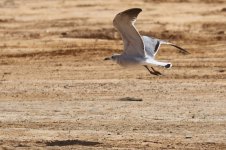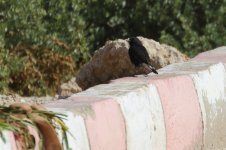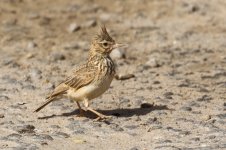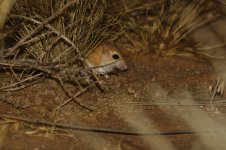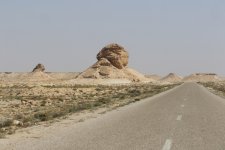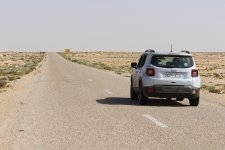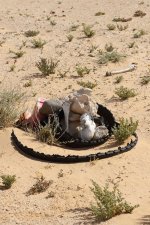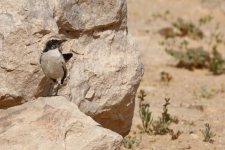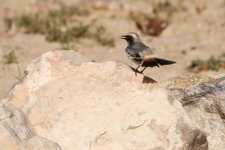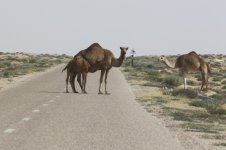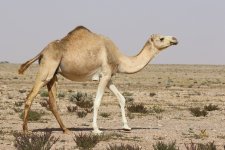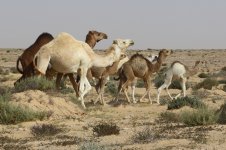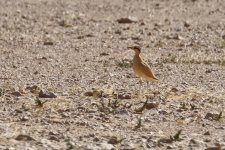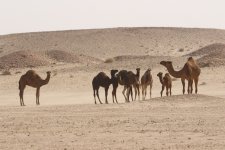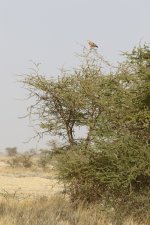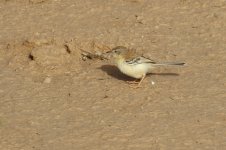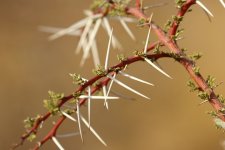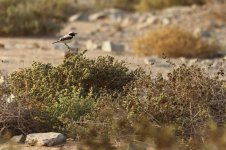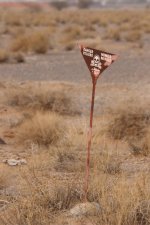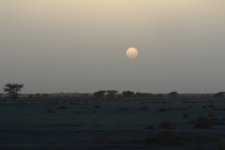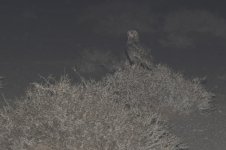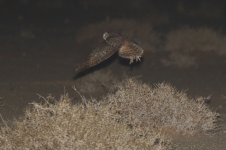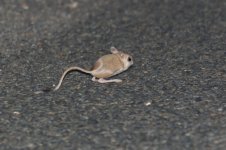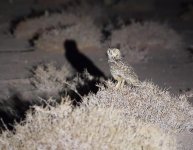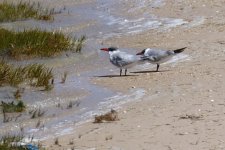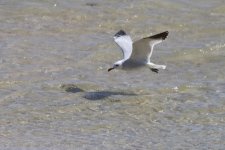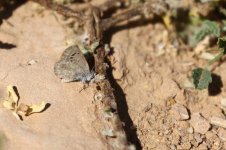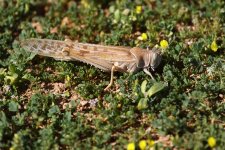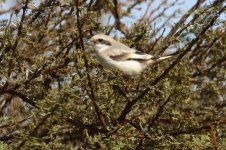Farnboro John
Well-known member
Saturday 2000 to Sunday 0600
The Ryanair Boeing 737 hit the runway at Agadir as if the pilot wanted to travel onwards straight to Hell by the shortest route. When our teeth had stopped rattling and the aircraft doors were open we walked across the tarmac in warm dusk air to queue for ages and ages on the way through immigration. The officials weren’t all that enthusiastic about our Western Sahara destination but eventually let all of us – Steve, Matt, Jake and me – through and after the others withdrew some local currency and the ATM sneered at my card (oh, lord) it was time to wrestle with the car hire.
I didn’t follow all the intricacies but it seemed as though there was an issue over the type of vehicle we were going to get (SUV requested) and after some time it was settled that we would have a Jeep of sorts rather than the Dacia Duster we’d expected. When it turned up (which took more of our valuable time) it was two-wheel drive, automatic and had a smaller boot than we’d hoped. Just as well we only had one hold bag between four.
We loaded up, piled in and away we went – as far as the car park gate where another jobsworth pointed out we hadn’t got a ticket and we weren’t getting out. Presumably the bloke who’d brought the car should have given it to us. While this was occurring I heard a Stone Curlew somewhere nearby. Eventually (I’d just like to point out all these conversations were being filtered through a very imperfect knowledge of French in all of us except the fluent Matt, but somehow he wasn’t always the closest to the Moroccan we were dealing with…..) we had to circle back, get a ticket, pay the bloke for twenty-four hours of parking, which was thievery, and then we were off, onto the dual carriageway and yee-ha!
Until the first police post, where we were flagged down: vos papiers s’il vous plait…..
Passports…. Where have you come from, where are you going, why, what is your profession (teacher went down well, ecologist not so much) the car’s papers (this caused repeated trouble until someone directed us to a wallet in the glovebox which held a plastic card that was what they actually wanted to see.)
Repeat ad nauseum! I’d guess we went through about thirty police posts on our 1200km drive to Dakhla and most of them stopped us. They were baffled why any tourist would drive from Agadir to Dakhla and after we’d done it so were we.
On his leg Steve spotted a Red Fox pelting across the road, but despite being in the right-hand seat to help him stay awake, I was dozing and missed it.
Just to add to the fun of long straight single carriageway road with no lights, big trucks to overtake and unlit vehicles spicing things up, the fog rolled in from the nearby Atlantic and reduced visibility to the point where it really was touch and go whether we stopped without hitting the camel that materialised in the road right in front of us. Full marks to Jake who had the wheel at that point and dug the nose right in under heavy braking, successfully. Not the ideal way to see our first Dromedary of the trip.
Another mildly interesting moment was when we were diverted away from a bridge under repair and across a dry riverbed to rejoin the road on the far side. Most roadworks were fairly well marked but the general technique was to bulldoze a rough track through the desert next to the road under repair so a leisurely approach to negotiating these areas was best.
Thankfully, eventually it got light.
John
The Ryanair Boeing 737 hit the runway at Agadir as if the pilot wanted to travel onwards straight to Hell by the shortest route. When our teeth had stopped rattling and the aircraft doors were open we walked across the tarmac in warm dusk air to queue for ages and ages on the way through immigration. The officials weren’t all that enthusiastic about our Western Sahara destination but eventually let all of us – Steve, Matt, Jake and me – through and after the others withdrew some local currency and the ATM sneered at my card (oh, lord) it was time to wrestle with the car hire.
I didn’t follow all the intricacies but it seemed as though there was an issue over the type of vehicle we were going to get (SUV requested) and after some time it was settled that we would have a Jeep of sorts rather than the Dacia Duster we’d expected. When it turned up (which took more of our valuable time) it was two-wheel drive, automatic and had a smaller boot than we’d hoped. Just as well we only had one hold bag between four.
We loaded up, piled in and away we went – as far as the car park gate where another jobsworth pointed out we hadn’t got a ticket and we weren’t getting out. Presumably the bloke who’d brought the car should have given it to us. While this was occurring I heard a Stone Curlew somewhere nearby. Eventually (I’d just like to point out all these conversations were being filtered through a very imperfect knowledge of French in all of us except the fluent Matt, but somehow he wasn’t always the closest to the Moroccan we were dealing with…..) we had to circle back, get a ticket, pay the bloke for twenty-four hours of parking, which was thievery, and then we were off, onto the dual carriageway and yee-ha!
Until the first police post, where we were flagged down: vos papiers s’il vous plait…..
Passports…. Where have you come from, where are you going, why, what is your profession (teacher went down well, ecologist not so much) the car’s papers (this caused repeated trouble until someone directed us to a wallet in the glovebox which held a plastic card that was what they actually wanted to see.)
Repeat ad nauseum! I’d guess we went through about thirty police posts on our 1200km drive to Dakhla and most of them stopped us. They were baffled why any tourist would drive from Agadir to Dakhla and after we’d done it so were we.
On his leg Steve spotted a Red Fox pelting across the road, but despite being in the right-hand seat to help him stay awake, I was dozing and missed it.
Just to add to the fun of long straight single carriageway road with no lights, big trucks to overtake and unlit vehicles spicing things up, the fog rolled in from the nearby Atlantic and reduced visibility to the point where it really was touch and go whether we stopped without hitting the camel that materialised in the road right in front of us. Full marks to Jake who had the wheel at that point and dug the nose right in under heavy braking, successfully. Not the ideal way to see our first Dromedary of the trip.
Another mildly interesting moment was when we were diverted away from a bridge under repair and across a dry riverbed to rejoin the road on the far side. Most roadworks were fairly well marked but the general technique was to bulldoze a rough track through the desert next to the road under repair so a leisurely approach to negotiating these areas was best.
Thankfully, eventually it got light.
John




